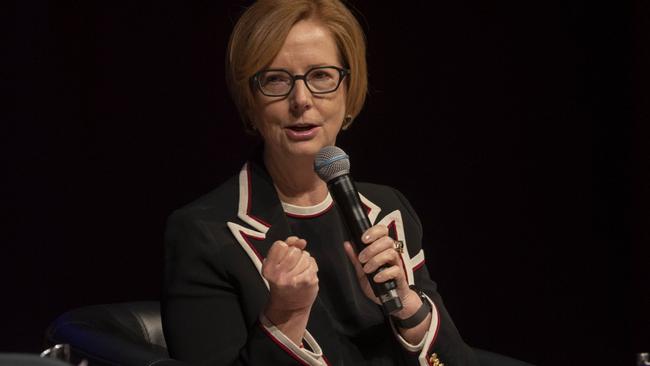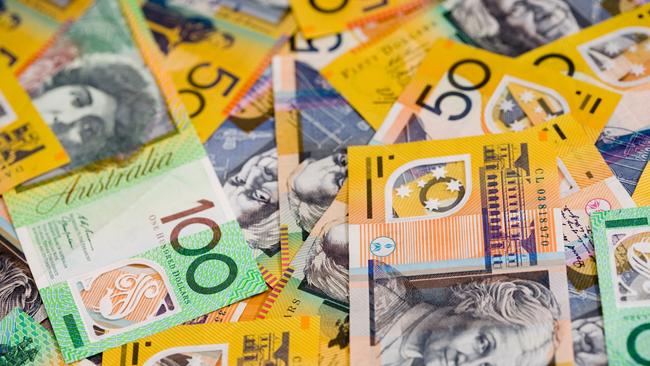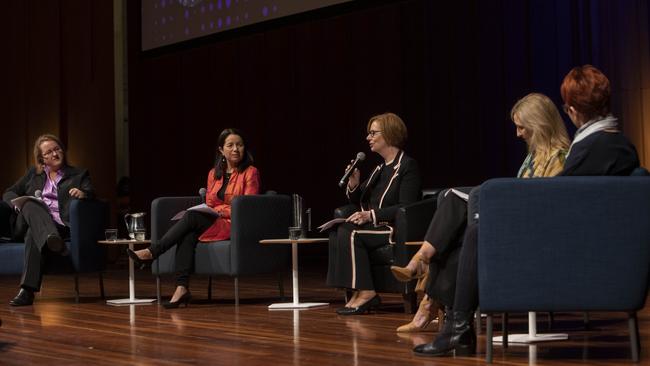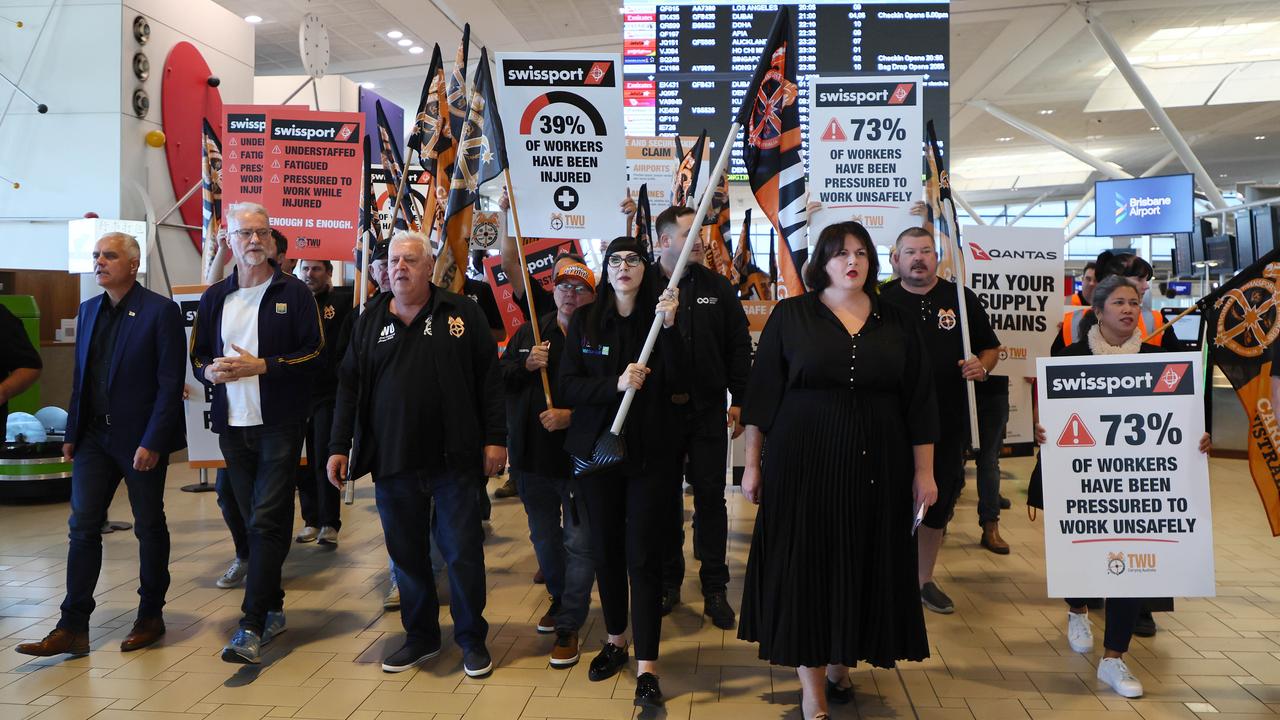Calls to force Australian companies to publicly reveal gender pay gap
There’s a key issue when it comes to salaries in Australia – and now momentum is building for employers to come clean on what’s happening inside their business.

At Work
Don't miss out on the headlines from At Work. Followed categories will be added to My News.
Australian companies should be forced to reveal their gender pay gap, the director of the Workplace Gender Equality Agency (WGEA) has said, proposing a move similar to one taken by the UK in 2017.
Britain brought in the legal requirement five years ago that companies with more than 250 employees had to make their gender pay gap public.
But in Australia, the WGEA can only reveal any gender pay gap at an industry level, rather than for individual companies.
“We don’t have the capacity to report gender pay gaps, or any information relating to remuneration in companies,” WGEA director Mary Wooldridge said at an event for the Australian National University’s Global Institute for Women’s Leadership. “We do it at an industry level, but not an individual company level,” she said.
“We believe we need that transparency in terms of the gender pay gap at the company level,” Ms Wooldridge said.
Earlier this year, the agency’s data showed that females earn a whopping $25,800 less on average than males, and that between 2020 and 2021 there were around 85 per cent of employers who still had pay gaps in favour of men.
Former prime minister Julia Gillard said the change in the UK had forced employers to improve their pay gaps.
Stream your news live & on demand with Flash for $8/month and no lock in contracts. New to Flash? Try 1 month free. Offer ends 31 October, 2022 >

“There’s no doubt that the fact that it identifies companies, and that you literally see a business … has [a certain] gender pay gap is a motivator for change,” Ms Gillard said at the ANU event.
Women earn $7.72 for every $10 a man earns
More than 50 per cent of companies in the UK have made plans to act on gender equality, yet in Australia progress has remained stubbornly slow.
WGEA’s most recent report, which examined employers with 100 or more employees, found that while four in 10 employers narrowed their pay gap since last year, it widened for 37 per cent of employers, and 21 per cent remained generally static.
Typically, women earned $7.72 for every $10 men made and every one of the 19 industries in Australia still has a pay gap in favour of men – even those where women comprise most employees such as health care and social assistance.

Men are twice as likely to be paid top dollars compared to women too, raking in a salary of $120,000 and above.
Ms Gillard, who established the WGEA and the Workplace Gender Equality Act in 2012, said more transparency was needed as working from home also threatened to make women “invisible” in the workforce.
“We know that domestic and caring labour is not equitably distributed,” she said.
“There’s a risk that if nothing else changes, in five years’ time, what we’ll see is a pattern where women have chosen, particularly women in the family formation stage, have chosen disproportionately to work at home.
“Men are much more regular attenders of the office … and if nothing else changes, that will show in who is being considered for a promotion, who is being considered for sponsorship and mentorship, and who is being put on the best training opportunities.”

Earlier this year, two women created an automated bot that called out hypocritical companies for celebrating International Women’s Day, despite having a “stinking pay gap” between men and women.
The account, Gender Pay Gap Bot, revealed the massive difference some organisations have between their male and female employees’ hourly pay.
It targeted British companies, where the information was available at a company level, with the most recent data showing an overall 7.9 per cent gender pay gap across the country.
Originally published as Calls to force Australian companies to publicly reveal gender pay gap





